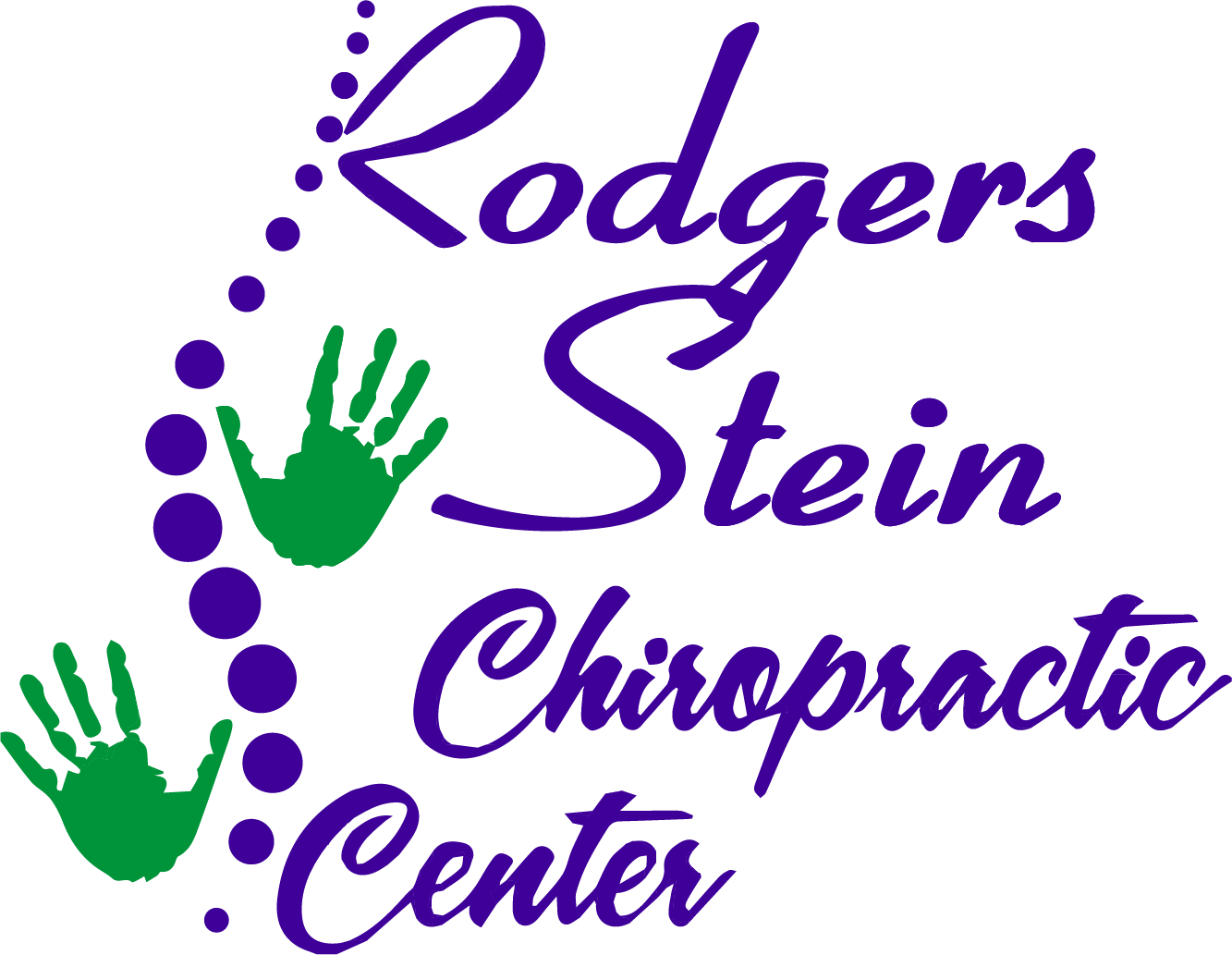To maximize your athletic performance, it's essential to contemplate how small adjustments can make a significant difference. Whether it's tweaking your training regimen, refining your technique, or enhancing your recovery strategies, each element plays a fundamental role in your overall success. You might find that shifting your focus on nutrition or incorporating mental conditioning could reveal new levels of achievement. But what specific adjustments can lead to the breakthroughs you're seeking? Understanding the right balance is key, and that's just the beginning of your journey.
Understanding Athletic Performance
Understanding athletic performance is vital for anyone looking to enhance their abilities in sports. It's not just about physical strength or speed; it involves a complex interplay of various factors.
First, consider your physical conditioning. Your strength, endurance, flexibility, and agility all contribute to how well you perform. By evaluating these aspects, you can identify areas that need improvement.
Next, think about your mental state. Your mindset can greatly impact your performance. Confidence, focus, and resilience play essential roles in how you approach training and competition. Developing mental toughness helps you push through challenges and stay committed to your goals.
Don't overlook the importance of nutrition and hydration. What you eat affects your energy levels and recovery time. A balanced diet rich in essential nutrients fuels your body and enhances your performance.
Staying properly hydrated keeps your body functioning effectively, so make it a habit to drink water regularly.
Lastly, pay attention to your technique. Proper form and mechanics can prevent injuries and maximize efficiency. Whether you're running, swimming, or playing a sport, refining your skills through consistent practice is key to athletic success.
Importance of Training Adjustments
When you're aiming to maximize your athletic performance, making training adjustments is essential. Whether you're hitting a plateau or dealing with fatigue, adapting your training regimen can help you break through barriers and reach your goals.
Here are four key reasons why training adjustments matter:
- Preventing Overuse Injuries: Repeating the same exercises without variation can lead to injuries. Adjusting your routine allows different muscle groups to recover while still maintaining your fitness level.
- Enhancing Performance: Your body adapts to specific training stimuli over time. By changing your workouts—like increasing intensity, duration, or type—you can stimulate new muscle growth and improve overall performance.
- Boosting Motivation: Doing the same workout day in and day out can get monotonous. Mixing things up keeps your routine fresh and exciting, helping you stay engaged and motivated to push harder.
- Tailoring to Progress: As you improve, your training should evolve too. Regularly evaluating your performance and adjusting your plan guarantees that you're always challenging yourself and not coasting on past achievements.
Nutrition Tweaks for Better Results
To truly maximize your athletic performance, paying attention to your nutrition is just as vital as your training regimen. The right fuel can make a significant difference in your energy levels, recovery, and overall performance.
Start by focusing on whole foods—lean proteins, complex carbohydrates, and healthy fats. These nutrients provide the building blocks your body needs to perform and recover effectively.
Consider your meal timing, too. Eating a balanced meal or snack about 1-2 hours before training can help you avoid fatigue. Include carbohydrates for energy and protein for muscle repair.
Post-workout, aim to consume a mix of protein and carbs within 30 minutes to kickstart muscle recovery.
Hydration is another key factor. Dehydration can sap your strength and endurance, so drink plenty of water throughout the day, and consider adding electrolytes during intense workouts.
Pay attention to how your body responds to different foods. Some athletes thrive on a high-carb diet, while others may prefer a higher fat intake. Experiment with what works best for you and adjust accordingly.
Lastly, don't underestimate the power of micronutrients. Vitamins and minerals play significant roles in energy production and muscle function.
A varied diet rich in fruits and vegetables will help guarantee you're getting the nutrients you need. By making these nutrition tweaks, you can enhance your performance and reach your athletic goals more effectively.
Mental Focus and Visualization
Mental focus and visualization are essential components of athletic performance that can elevate your game to new heights. By honing these skills, you can improve your concentration, enhance your confidence, and create a clearer path to success.
Here's how you can develop your mental focus and visualization techniques:
1. Set Clear Goals: Define what you want to achieve in your sport. Whether it's improving your time, mastering a technique, or winning a competition, having clear goals serves as a motivational compass.
2. Practice Mindfulness: Incorporate mindfulness exercises into your routine. This could be through meditation, breathing techniques, or simply being present in the moment during practice.
It helps eliminate distractions and keeps you centered.
3. Visualize Success: Spend time visualizing yourself performing at your best. Picture each movement, feel the adrenaline, and immerse yourself in the experience.
This mental rehearsal prepares your mind and body for actual performance.
4. Create a Routine: Develop a pre-competition routine that includes mental focus and visualization.
Consistency in your approach conditions your mind to enter a peak performance state when it matters most.
Recovery Techniques to Enhance Performance
To boost your athletic performance, you can't overlook the importance of recovery techniques. Incorporating active recovery methods, prioritizing sleep, and fueling your body with the right nutrition can make a significant difference.
Let's explore how each of these elements contributes to your overall success in sports.
Active Recovery Methods
Active recovery methods play an essential role in optimizing your athletic performance.
These techniques help your body recover while keeping you engaged and moving. Incorporating active recovery into your routine can enhance circulation, reduce muscle soreness, and improve overall performance.
Here are four effective active recovery methods you can try:
- Light Jogging or Walking: A gentle jog or brisk walk helps maintain blood flow without straining your muscles.
- Dynamic Stretching: Engage in dynamic stretches to loosen up your joints and increase flexibility. This can prepare you for your next training session.
- Swimming: The buoyancy of water reduces impact on your body while providing a full-body workout. Swimming can be a revitalizing way to recover.
- Yoga or Pilates: Both practices focus on flexibility, balance, and core strength. They promote relaxation and mental clarity, aiding in your recovery process.
Integrating these active recovery methods into your training routine can greatly enhance your athletic performance.
Listen to your body, choose what feels right, and make recovery an integral part of your athletic journey.
Sleep and Nutrition
Recovery doesn't stop with just active methods; sleep and nutrition are essential components that can greatly enhance your performance. Without adequate sleep, your body struggles to repair itself, leaving you feeling fatigued and less focused during workouts.
Aim for 7 to 9 hours of quality sleep each night. This gives your muscles time to recover and your brain the chance to consolidate learning and memory related to your sport.
Nutrition plays an equally important role. Fueling your body with the right nutrients before, during, and after training can optimize recovery and performance. Prioritize a balanced diet rich in carbohydrates, proteins, and healthy fats.
Carbs provide the energy you need for intense workouts, while proteins support muscle repair. Don't forget to hydrate! Dehydration can severely impact your performance and recovery.
Consider timing your meals effectively. Eating a meal or snack containing protein and carbs within 30 minutes post-exercise can kickstart recovery.
Pay attention to how your body responds to different foods and adjust accordingly. By prioritizing sleep and nutrition, you'll set yourself up for maximum performance on the field or court.
Analyzing Your Technique
To maximize your athletic performance, you need to prioritize proper form in your techniques.
Identifying any flaws in your approach can lead to significant improvements.
Utilizing video analysis can provide you with valuable insights to refine your movements and enhance your overall efficiency.
Importance of Proper Form
Proper form is the backbone of athletic performance, making the difference between peak efficiency and potential injury. When you focus on your technique, you're setting yourself up for success.
Here are a few reasons why proper form matters:
- Maximized Power: Good form guarantees that you're using your muscles efficiently, allowing you to generate more power with less effort.
- Injury Prevention: When you use the correct technique, you distribute stress properly across your joints and muscles, reducing the risk of injury.
- Improved Endurance: Maintaining proper form can help you conserve energy, enabling you to perform at a high level for longer periods.
- Skill Development: Consistently practicing your form helps you develop better skills, which can give you an edge over your competition.
Identifying Technique Flaws
Recognizing technique flaws is essential for enhancing your athletic performance. When you're aware of the mistakes you're making, you can make the necessary adjustments to improve. Start by paying attention to your body mechanics during practice or competition. This means focusing on your posture, balance, and movement patterns.
Next, compare your technique to those of elite athletes in your sport. Identify specific areas where your form deviates from theirs. Are your arms swinging too wide? Is your foot placement inconsistent? These discrepancies can lead to inefficiencies that hinder your performance.
Don't be afraid to ask for feedback from coaches or training partners. They can provide valuable insights that you might overlook. Additionally, consider keeping a training journal to track your observations and improvements over time.
Finally, remember that correcting technique flaws takes patience and persistence. Set realistic goals for improvement and celebrate small victories along the way. By consistently analyzing and refining your technique, you'll not only enhance your performance but also reduce the risk of injury, allowing you to train and compete more effectively.
Video Analysis Benefits
Video analysis can be a game-changer for athletes looking to refine their technique. By recording your movements during practice or competition, you can gain valuable insights that might be missed in real-time.
Here's how video analysis can enhance your performance:
- Identify Flaws: You can spot technique flaws that are hard to feel or notice while you're in motion. A visual breakdown helps you see what needs improvement.
- Track Progress: Reviewing footage over time allows you to monitor your development. You'll see how adjustments lead to better performance, keeping you motivated.
- Compare Techniques: Analyzing your footage alongside that of elite athletes can help you understand the nuances of successful techniques, offering a roadmap for your improvement.
- Enhance Decision-Making: Reviewing game footage can improve your tactical understanding. You'll learn when to make specific moves, which can be critical during competition.
Cross-Training Benefits
How can cross-training elevate your athletic performance? Engaging in different types of workouts can greatly enhance your overall fitness and skill set. By incorporating activities outside your primary sport, you can improve your strength, flexibility, and endurance while reducing the risk of injury. For instance, if you're a runner, adding swimming or cycling can help develop your cardiovascular system without the repetitive strain on your joints.
Cross-training also promotes muscle balance. Focusing solely on one sport often leads to muscle imbalances, which can result in fatigue and injury. By diversifying your training, you strengthen underutilized muscles, leading to better overall performance and reduced risk of overuse injuries.
Moreover, incorporating various movements keeps your routine fresh and engaging, which can enhance motivation and adherence to your training program.
Additionally, cross-training can enhance your mental toughness. Tackling different challenges requires you to adapt and push through discomfort, ultimately building resilience. This mental fortitude can translate directly to your primary sport, allowing you to push past physical and psychological barriers.
Lastly, cross-training provides opportunities to learn new skills that can benefit your main discipline. For example, practicing agility drills from a sport like basketball can improve your footwork in soccer.
Setting Realistic Goals
Setting realistic goals is essential for maximizing your athletic performance and staying motivated throughout your training journey. When you set achievable objectives, you create a roadmap that guides your progress and keeps you focused.
Here's how to set those goals effectively:
- Assess Your Current Level: Start by evaluating where you're right now. Knowing your strengths and weaknesses helps you identify what's feasible and what needs improvement.
- Use the SMART Framework: Make your goals Specific, Measurable, Achievable, Relevant, and Time-bound. For example, instead of saying, "I want to run faster," aim for "I'll run a 5K in under 25 minutes in three months."
- Break Down Bigger Goals: If you've got a lofty ambition, break it down into smaller, manageable steps. This way, you can celebrate mini-successes along the way, keeping your motivation high.
- Stay Flexible: Life can throw curveballs, and sometimes you need to adjust your goals. Be open to change and reassess your targets regularly to guarantee they still align with your current situation and aspirations.
The Role of Sleep
Sleep plays an essential role in your athletic performance, impacting everything from recovery to focus.
You should aim for quality sleep and consider the recommended duration that suits your training needs.
Napping can also be a game-changer, helping you recharge and enhance your overall performance.
Sleep Quality Importance
When it comes to maximizing athletic performance, quality sleep is a game changer. You mightn't realize it, but the way you sleep directly impacts your training, recovery, and overall performance. Prioritizing sleep quality can give you the edge you need to excel. Here's why it matters:
- Enhanced Recovery: Your body repairs and builds muscle during sleep. Poor sleep can hinder this process, making it harder to bounce back from workouts.
- Improved Focus: A good night's sleep sharpens your mental clarity and focus. This means better decision-making during games or competitions.
- Increased Energy Levels: Quality sleep helps regulate your energy levels, so you can train harder and longer without burning out.
- Stronger Immune System: Consistent, restorative sleep strengthens your immune system, reducing the risk of illness that could sideline your training.
Sleep Duration Recommendations
To optimize your athletic performance, understanding how much sleep you actually need is vital. Most athletes require between 7 to 9 hours of quality sleep each night. This range isn't just a guideline; it's essential for recovery, muscle growth, and mental clarity. If you're consistently sleeping less than this, you might notice a decline in your performance and increased fatigue.
Individual needs can vary based on factors like age, training intensity, and personal health. For example, younger athletes or those in intense training phases may benefit from the higher end of the spectrum. Pay attention to your body's signals—if you're feeling sluggish during workouts or struggling with focus, it might be time to reassess your sleep duration.
Establishing a consistent sleep schedule can also enhance your performance. Going to bed and waking up at the same time each day helps regulate your body's internal clock, making it easier to fall asleep and wake up feeling refreshed.
Incorporate good sleep hygiene practices, like limiting screen time before bed and creating a comfortable sleep environment, to maximize the quality of your sleep.
Prioritize these recommendations; your athletic performance will thank you for it.
Napping Benefits for Athletes
Napping can be a game-changer for athletes looking to boost performance and recovery. When you incorporate short naps into your routine, you can experience significant benefits that enhance your athletic capabilities.
Here are four key benefits of napping for athletes:
- Improved Alertness: A quick nap can help clear your mind, making you more focused and ready for your next training session or competition.
- Enhanced Recovery: Napping aids in muscle recovery by promoting protein synthesis, which is essential after intense workouts.
- Reduced Fatigue: If you're feeling drained, a short nap can recharge your energy levels, helping you to push through your day without crashing.
- Boosted Mood: Napping can improve your mood and motivation, making it easier to stay committed to your training goals.
To maximize these benefits, aim for 20-30 minute naps to avoid sleep inertia.
Your body and mind will thank you, leading to better performance on and off the field. So, don't underestimate the power of a quick snooze!
Tracking Progress and Feedback
Tracking progress and receiving feedback are essential elements in maximizing athletic performance. You can't improve what you don't measure, so keeping a close eye on your workouts, nutrition, and recovery is vital. Start by setting clear, achievable goals. Whether it's increasing your sprint time, lifting heavier weights, or improving endurance, having specific targets helps you stay focused.
Next, use a training log or an app to record your workouts. Note the exercises, weights, sets, repetitions, and how you felt during each session. This data will provide valuable insights into your performance trends over time. Analyze your progress weekly or monthly to identify patterns and areas that need attention.
Feedback is equally important. Don't hesitate to seek advice from coaches, trainers, or experienced athletes. They can offer a fresh perspective on your technique and strategy, which is invaluable for improvement.
Additionally, consider utilizing wearable technology that tracks metrics like heart rate, distance, and calories burned. These devices can give you real-time feedback and help you make necessary adjustments on the fly.
Finally, be open to self-reflection. Regularly assess what's working and what's not. Sometimes, you may need to tweak your routine or adjust your goals based on your progress.
Conclusion
To maximize your athletic performance, embrace adjustments in your training, nutrition, and recovery strategies. Stay open to new techniques, keep your mental focus sharp, and prioritize sleep to fuel your body. Regularly track your progress and set realistic goals to maintain motivation. By incorporating these elements into your routine, you'll not only prevent injuries but also push past plateaus, leading to improved results and greater success in your athletic pursuits. Keep evolving, and watch your performance soar!



